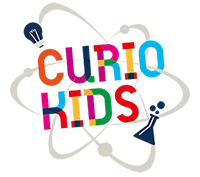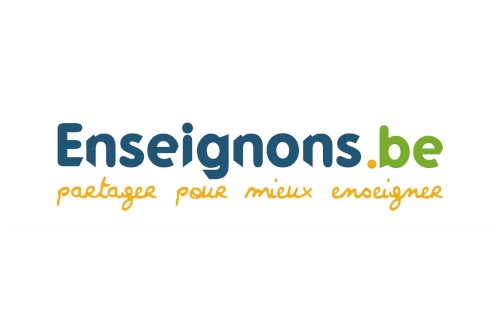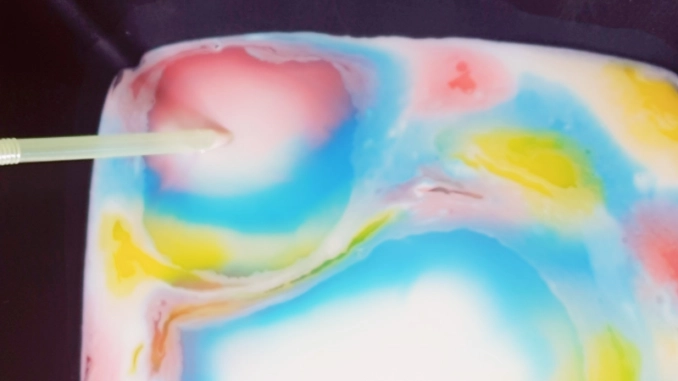
Adding food coloring to milk is nothing very exciting, except the beauty of the colors that spread on the surface of the milk. But if you use one additional ingredient, you will observe an explosion of colors in the milk. The colors mix and turn on themselves as if by magic. This magic milk experience will allow you to observe the movement of molecules and to understand that milk is a mixture of many things.
You will need:
- Milk
- Food coloring
- A plate
- Dishwashing liquid
- A cotton swab
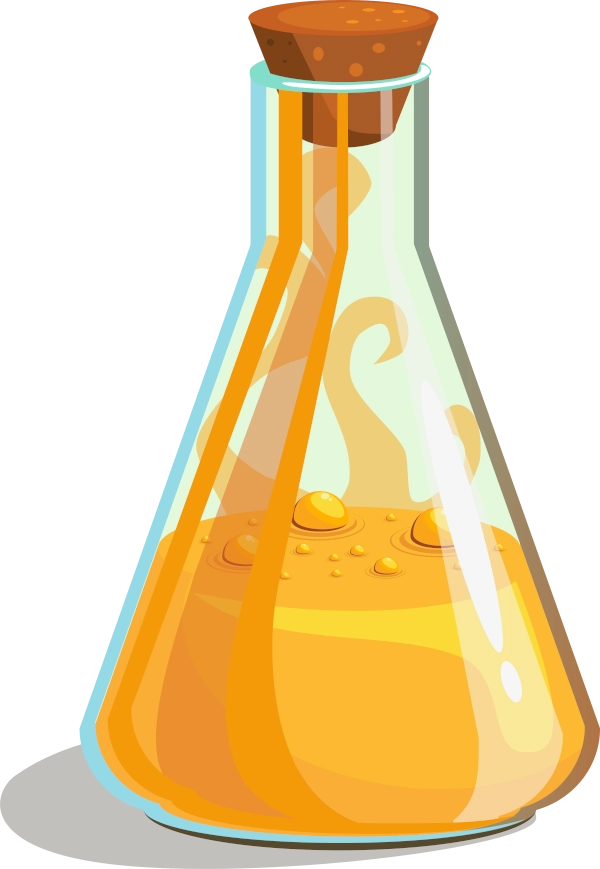
From 4 years old

Difficulty : easy

Let's experiment
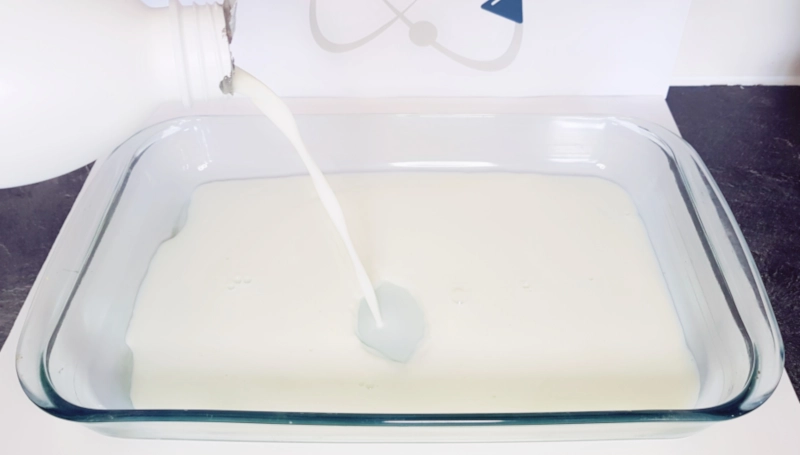
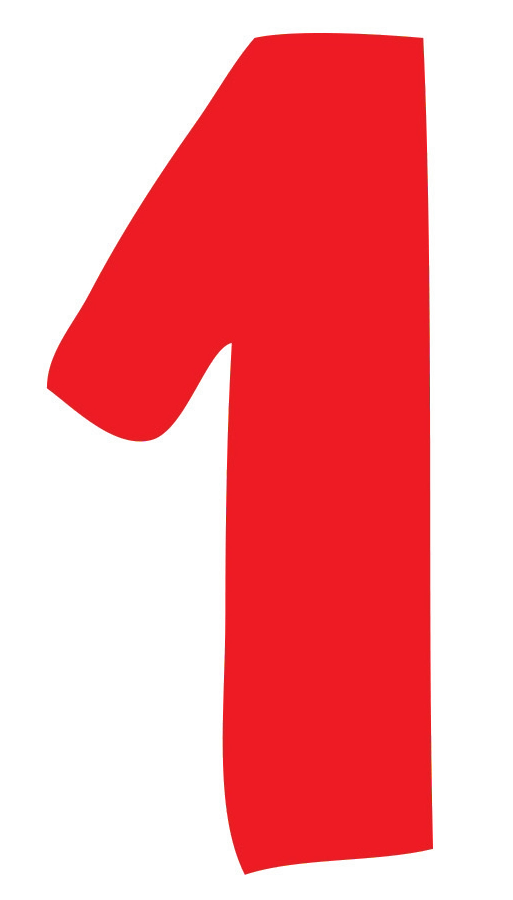
Pour milk on your plate or in a flat dish. A height of a few millimeters is sufficient.
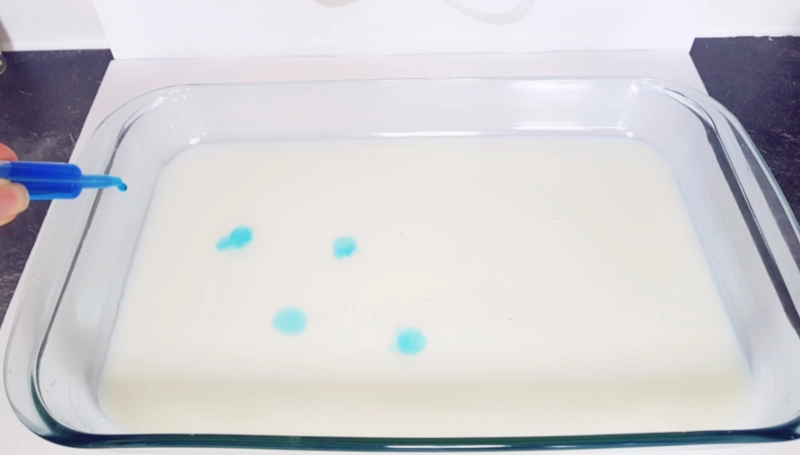

Add drops of food coloring in the milk
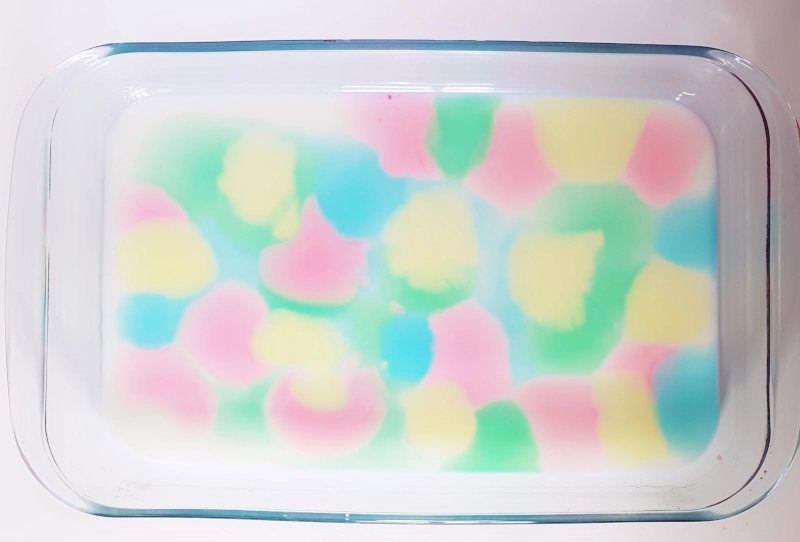

Use as many colors as you want
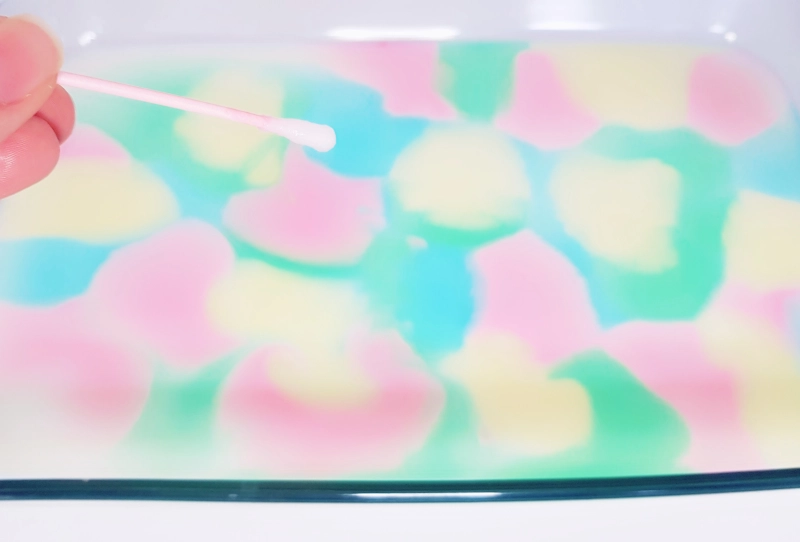

Dip your cotton swab in the dishwashing liquid, and then dip it in the plate.

What’s happening?
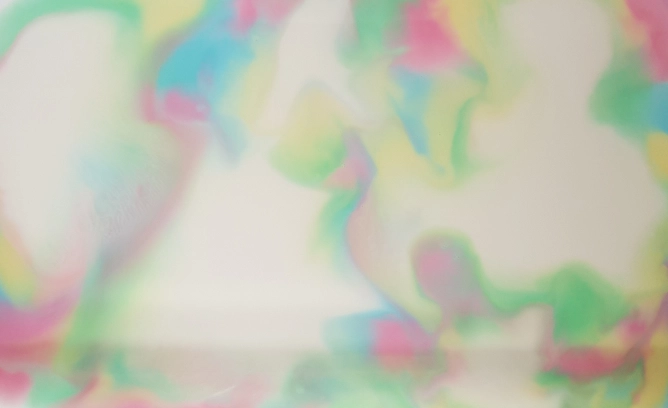
Understand the experiment
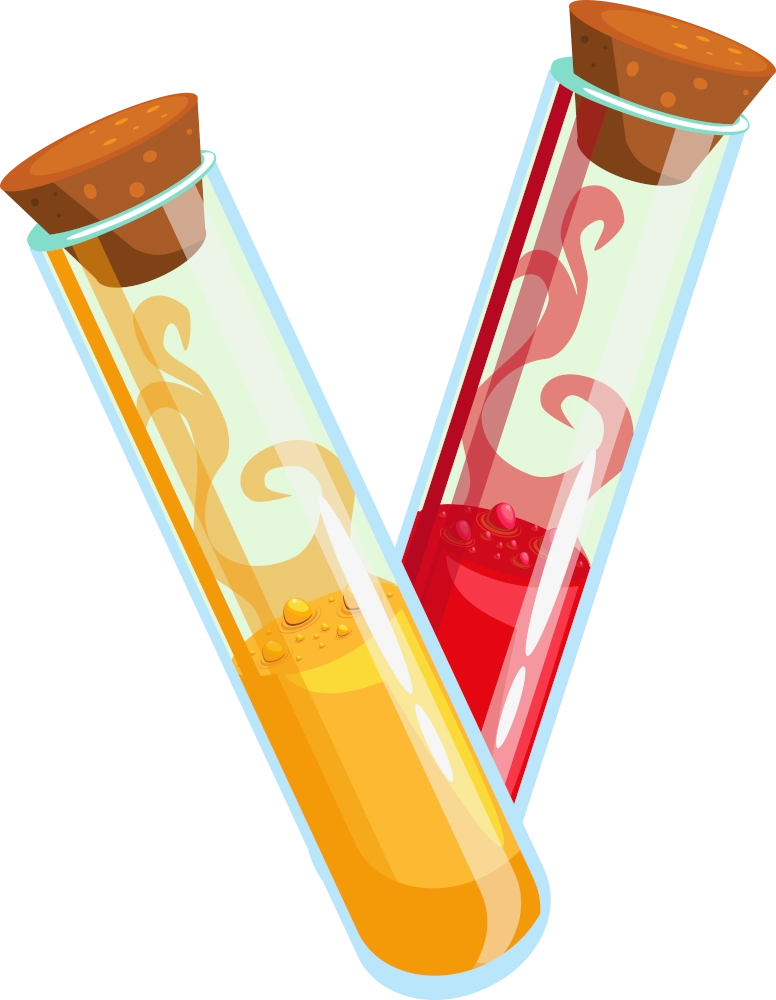
An explosion of colors !
Milk is made up of several things. Mainly water, but also vitamins, proteins and fat molecules. You know that fat and water don’t mix at all. It is calle “immiscibility”. Consequently, the fat molecules are present in milk into the form of dispersed microdroplets.
Dish soap is responsible for this explosion of color. The soap is composed of molecules that love both water and fat. So when you add a drop of soap, the molecules disperse to catch the fat molecules. Hence the movements you observe. These movements, you would not see them without food coloring.
Challenge
Use different kinds of milk: skim milk, semi-skimmed milk, and whole milk. As fat content varies, observe the behavior differences.
Artistic
touch
Take pictures to capture the moment. Repeat with different colors to observe how they move and mix.
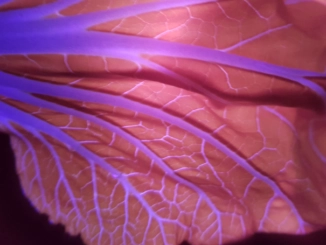
The tree leaves are red
The leaves of trees are green in daylight. It is thanks to chlorophyll, an important molecule which is involved in photosynthesis to convert carbon dioxide into oxygen. But under black light, chlorophyll is red. A phenomenon linked to fluorescence. […]
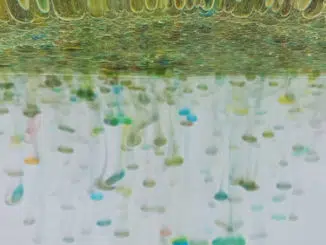
Create a colorful rain in a glass
A colorful rain in a glass of water, can you believe it? Here is a […]
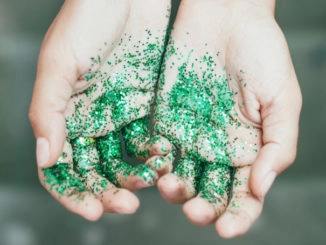
Hands full of germs
Washing your hands before eating is necessary to eliminate parasites invisible to the naked eye. Is it enough to put them underwater or is soap necessary? Thanks to the glitter, make this fun experience at home. […]
